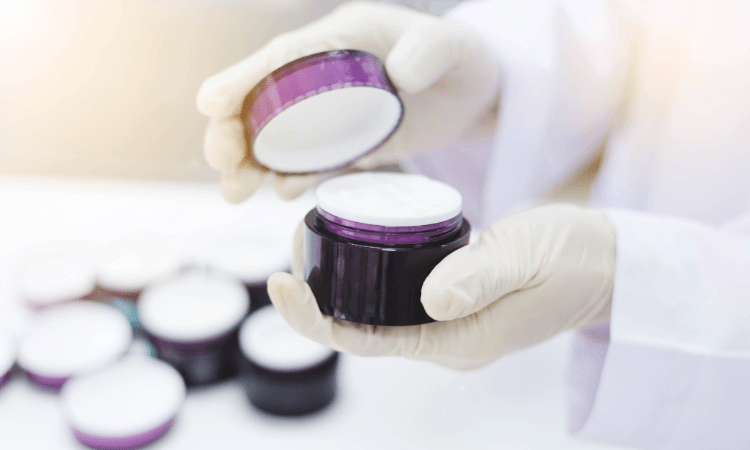Cosmetic Product Testing Under GLP: Perfume, Skin Care
Production Processes in Perfume, Makeup and Skin Care Products

The cosmetics industry requires comprehensive testing and analysis processes to ensure consumer safety and meet high quality standards. GLP (Good Laboratory Practices) standards ensure that cosmetic products are evaluated with reliable, consistent and reproducible test results. Testing perfume, make-up and skin care products under GLP guarantees both the safety and efficacy of these products.
What is GLP and why is it important in cosmetics testing?
GLP is a quality management system that ensures that laboratory work is carried out in accordance with certain rules and standards. This system, which has been accepted since the 1970s, aims to increase scientific accuracy, especially in tests related to health, environment and consumer products.
- The Importance of GLP in Cosmetic Products:
- To determine the effects of chemical substances that may threaten human health.
- To offer products that comply with legal regulations by increasing consumer confidence.
- Providing competitive advantage in national and international markets.
Cosmetic Product Groups Tested under GLP
- Perfumes and Fragrances: Products such as perfumes and deodorants are tested for allergen and irritation potential for safety assessment.
- Makeup Products: Dermatological tests are performed to ensure the safe use of products such as lipstick, foundation and mascara around the skin, eyes and lips.
- Skin Care Products: Efficacy and safety tests are performed on moisturizers, sunscreens and anti-aging products.
- Hair Care Products: Dermatological tolerance and toxicity tests of products such as shampoos, hair dyes and conditioners are performed.
Cosmetic Product Testing Methods within the Scope of GLP
- Microbiological Tests: Performed to verify that products are free of harmful microorganisms.
- Tests include: Total bacterial, yeast and mold counts; pathogen analysis (e.g. Pseudomonas aeruginosa and Staphylococcus aureus).
- Dermatological Tests: Tests to verify that the product is skin-friendly and does not cause allergies/irritation.
- Tests: Patch test, allergenic evaluation.
- Toxicological Analyses: Tests to assess that the product has no toxic effects.
- Tests: Mutagenicity test, acute toxicity test.
- Stability Tests: The general purpose of the tests is to verify that the products retain their physical, chemical and microbiological properties throughout their shelf life.
- Tests: Stability investigations under the effects of heat, light and moisture.
- Chemical and Physical Tests: Tests performed to assess the suitability of the product formulation and the accuracy of label information.
- Tests: pH, viscosity, density and particle size analysis.
- Sensory Analyses: Performed to assess whether products meet consumer expectations.
- Tests: Fragrance, color, texture and application feel evaluations.
Importance of GLP Tests in Perfume, Makeup and Skin Care Products
- Protecting Consumer Health: Testing processes ensure that products do not contain harmful chemicals or microorganisms.
- Legal Compliance and Market Access: Products that comply with GLP standards are more easily accepted in international markets.
- Brand Trust and Image: Cosmetic products that have undergone reliable testing processes are more preferred by consumers.
- Innovation and Development: GLP standards enable the development of innovative products by testing the efficacy and safety of new formulations.
Nanolab Laboratories Group continues to provide services within the scope of Cosmetic Product Testing. We also provide services in Biocidal Product Analysis.
Contact us for more information.
You can follow us on LinkedIn for up-to-date news and shares about our services.
Follow our Instagram account to be informed about our latest blog posts.

